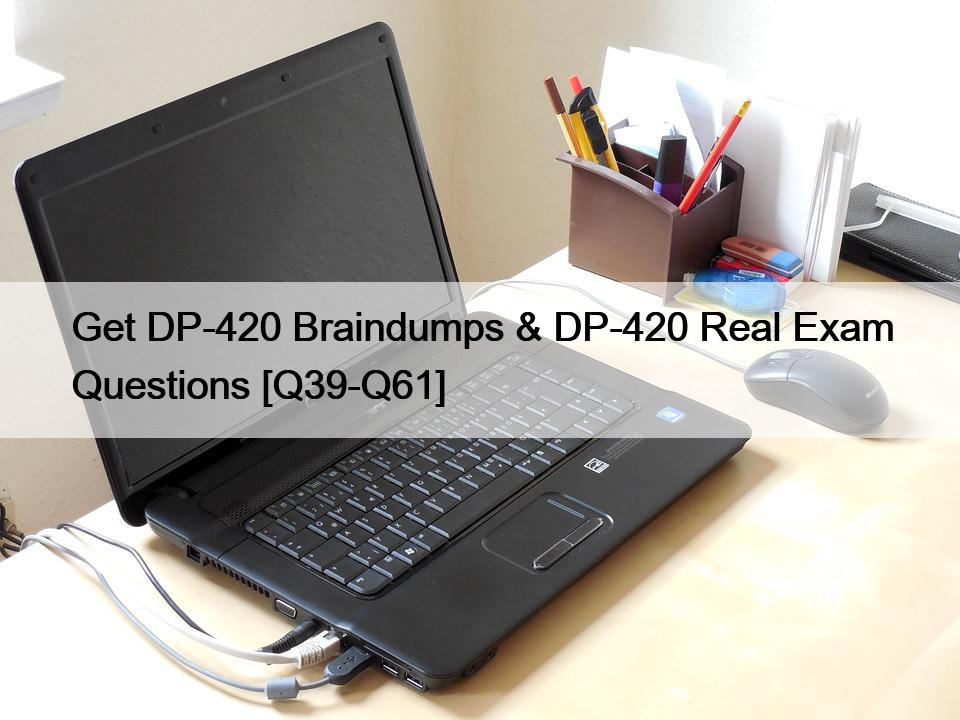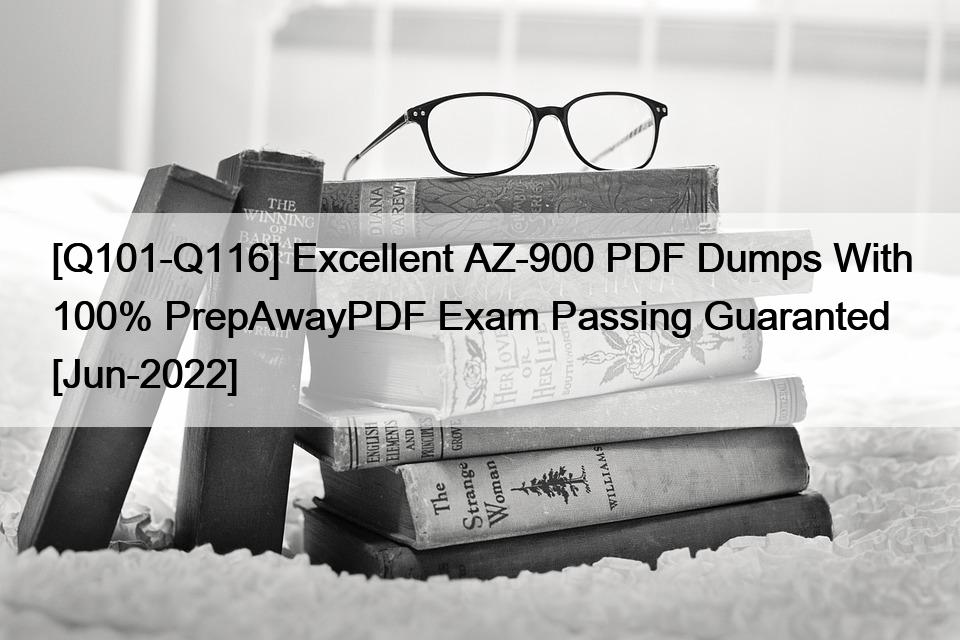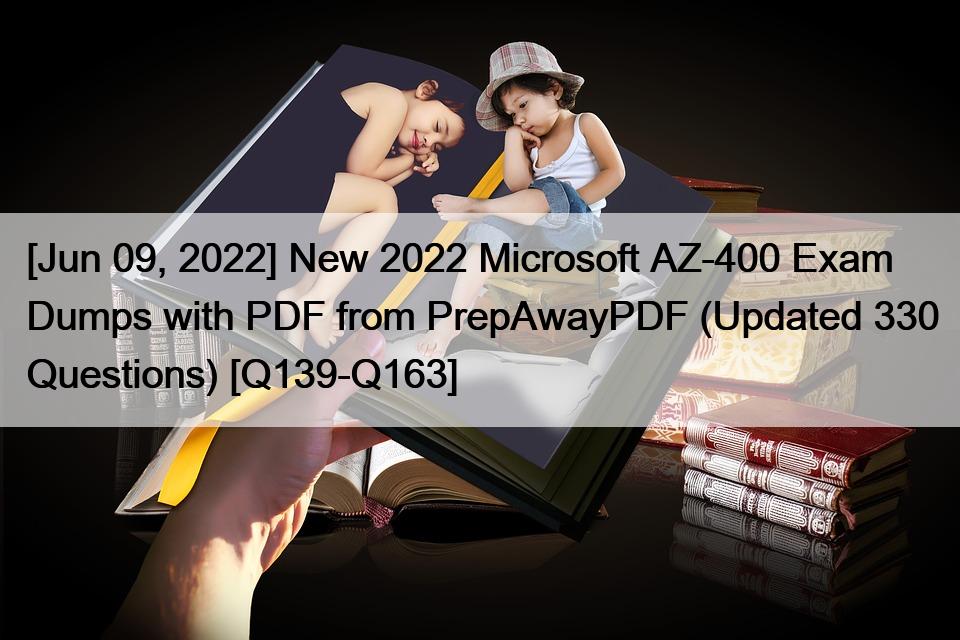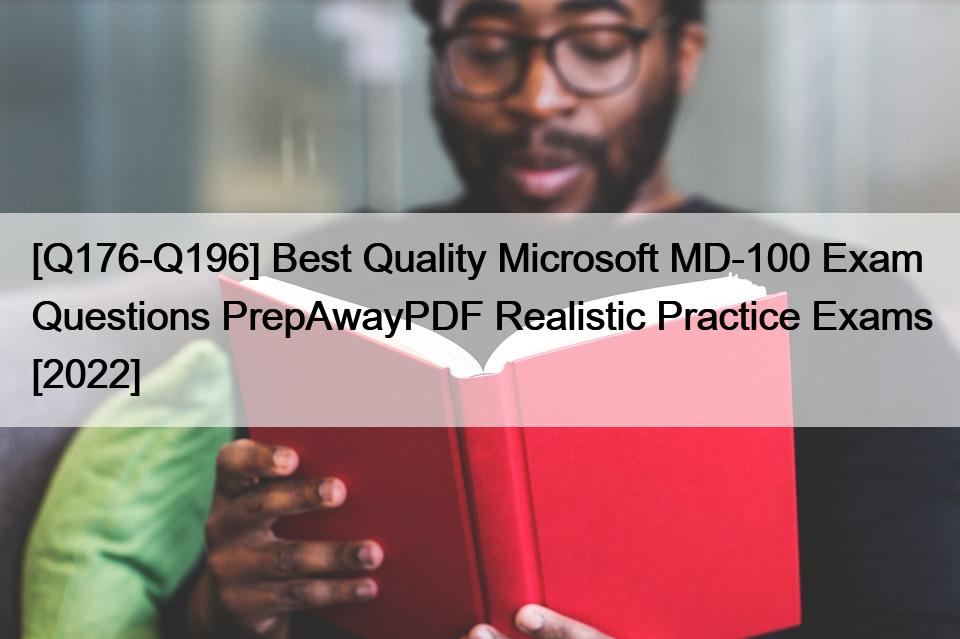Get DP-420 Braindumps & DP-420 Real Exam Questions
Microsoft DP-420 Actual Questions and Braindumps
The Microsoft DP-420 is a certification exam that focuses on designing and implementing cloud-native applications using Microsoft Azure Cosmos DB. This exam is designed for professionals who work with cloud technologies and want to validate their skills and knowledge in using Azure Cosmos DB to build scalable and resilient applications. The exam covers a wide range of topics, including data modeling, API development, security, and performance optimization. It also requires candidates to demonstrate their ability to use different Cosmos DB APIs, such as SQL, MongoDB, Cassandra, and Table.
Here is the registration process of the Microsoft DP-420 Certification Exam
The registration process for the Microsoft DP-420 Certification Exam is very simple and straightforward. You just need to follow the steps given in the DP-420 Dumps. These steps are also given below to get registered for the DP-420 Certification Exam:
- Go to the official website of Microsoft. Click on the “Schedule Exam”, which will take you to the Exam Registration Page.
- Finally, click on the “Register Now” button. You will get a confirmation mail from Microsoft with a link to take the DP-420 Certification Exam. Take the DP-420 Certification Exam at the specified date and time, with the Pearson Vue.
- Fill in the required details like name, email, and password. After that, enter the required information like your country, your exam center, and your exam date.
DP-420 Dumps To Pass Microsoft Exam in 24 Hours – PrepAwayPDF: https://www.prepawaypdf.com/Microsoft/DP-420-practice-exam-dumps.html



